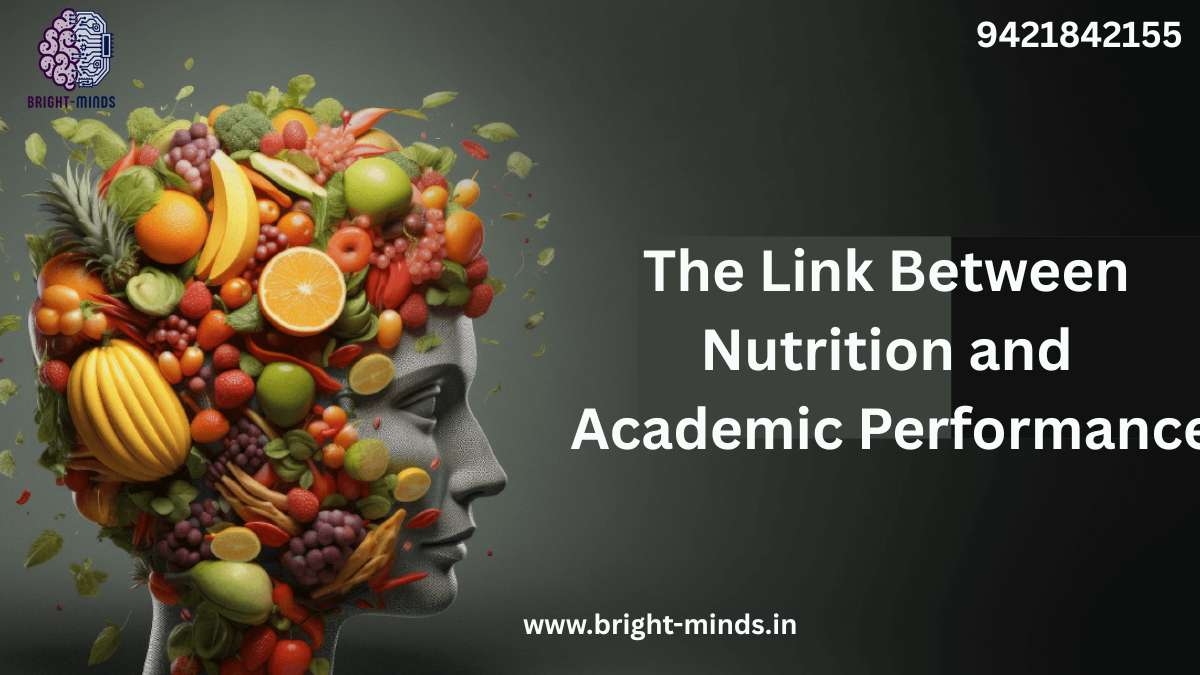Did you know that what a child eats can shape how well they learn?
While we often focus on textbooks, tutors, and technology to boost academic performance, there’s a powerful, often overlooked factor: nutrition.
Whether you’re a parent trying to help your child succeed in school, an educator looking to improve classroom outcomes, or an HR leader exploring wellness initiatives, understanding the link between nutrition and learning is a game-changer.
Let’s explore how food fuels the brain — and how small dietary changes can lead to big academic wins.
🧠 Why Nutrition Matters for Learning
The brain is like a high-performance engine. To function at its best, it needs the right kind of fuel — and that comes from the food we eat.
For children and students, especially, poor nutrition can directly impact:
- Concentration and memory
- Cognitive development
- Energy levels and stamina
- Mood and behavior
- Attendance and engagement in school
According to the World Health Organization (WHO), malnutrition — including both undernutrition and overnutrition — is associated with decreased academic performance, delayed development, and increased dropout rates.
📈 Industry Insights: Nutrition and Education Are Intertwined
Education and health sectors are beginning to work hand-in-hand. The global school nutrition market is projected to reach $7.7 billion by 2027, driven by:
- Rising awareness of childhood obesity and malnutrition
- Government-backed school meal programs
- Corporate wellness initiatives for working parents
- Increased demand for holistic education strategies
Companies that invest in family-focused wellness education and employee awareness programs around nutrition are seeing long-term benefits in productivity, reduced absenteeism, and brand reputation.
🍽️ Real-World Example: Breakfast and Brain Power
Let’s keep it simple: children who eat breakfast consistently perform better in school.
A study published in Frontiers in Public Health found that students who ate a nutrient-rich breakfast showed:
- 17% higher scores in math and reading
- Fewer behavioral issues
- Better attendance records
So what does a “nutrient-rich” breakfast look like?
✅ Whole grains (like oatmeal or whole-grain toast)
✅ Protein (eggs, yogurt, nut butter)
✅ Healthy fats (avocado, seeds)
✅ Fruits or vegetables (berries, bananas, carrots)
Skip the sugar-loaded cereals and energy drinks. They lead to energy crashes, irritability, and poor focus — exactly what we want to avoid in learning environments.
📊 Nutrition in the Workplace: Not Just for Kids
Employees who are also parents often juggle school prep, meal planning, and work responsibilities. That’s why many companies are integrating nutrition education and healthy food options into employee wellness programs.
Simple workplace strategies include:
- Hosting webinars on child nutrition
- Providing healthy snacks in break rooms
- Offering “Lunch & Learn” sessions with dietitians
- Encouraging family-friendly policies that support work-life balance
Supporting employee families = boosting your company’s long-term success.
🛠️ Practical Tips to Boost Academic Performance with Nutrition
Whether you’re a parent, teacher, or HR leader, here are actionable ways to make nutrition work for academic and cognitive success:
1. Plan Balanced Meals
Use the “plate method” — half veggies/fruits, a quarter protein, a quarter whole grains. Include healthy fats like nuts or olive oil.
2. Limit Sugar and Processed Foods
These cause blood sugar spikes and crashes, affecting mood and focus.
3. Keep Hydration a Priority
Even mild dehydration can impair memory and alertness. Encourage water over juice or soda.
4. Create Consistent Meal Times
Structure and routine help regulate metabolism, sleep, and focus — all key to academic success.
5. Get Kids Involved
Let them help choose and prepare meals. When kids understand nutrition, they’re more likely to make better food choices on their own.
💼 Corporate Application: Empower Your Workforce with Nutrition Knowledge
For businesses, promoting healthy eating isn’t just good for kids — it’s good for business.
Companies that offer nutrition-focused wellness programs report:
- 25% improved employee morale
- 20% reduction in sick days
- Stronger family engagement and loyalty
Consider partnering with education platforms to offer short courses, lunch talks, or child-focused learning sessions that employees can share with their families.
📚 Take the First Step Toward Healthier Learning
Understanding the connection between nutrition and academic performance is just the beginning. If you’re ready to make an impact — whether in your household, school, or workplace — we’re here to help.
Our expert-designed courses cover:
- Child nutrition fundamentals
- Smart meal planning for busy families
- Workplace wellness strategies
- Food and brain development in early childhood
👉 Explore our full course catalog here
Because a healthy brain starts with a healthy plate.
✅ Conclusion
When it comes to academic success, nutrition is one of the most powerful tools we often overlook. Fueling young minds with the right foods doesn’t just improve grades — it builds resilience, emotional well-being, and long-term potential.
As the saying goes, “You are what you eat.” So let’s feed our future — one healthy bite at a time.
you may be interested in this blog here:-
Phonics Worksheets for Kindergarten PDF Fun Literacy Stations!

